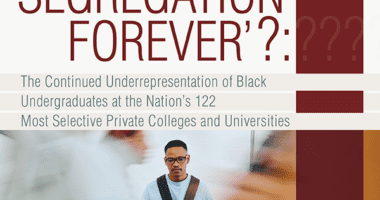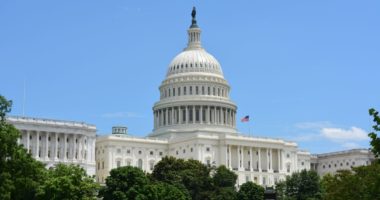Transforming Financial Aid, Marty McFly-Style
Last week, members of Congress heard testimony on our antiquated, inadequate, and inequitable financial aid system. But rather than a call for bold action and inspiring reform, witnesses and members themselves called for dramatic — dramatic — tinkering. Redefine eligibility here. Expand a tax credit there. Cut the Free Application for Federal Student Aid (FAFSA) form from 10 pages to 3. Not bad ideas.
These steps may get Congress a one-day press hit or even more than one-day’s worth, but they’re not profoundly going to address the real obstacles to college access, affordability, and completion that prevent so many Americans, particularly low-income students and students of color, from earning a postsecondary degree.
There’s no tinkering toward utopia to be done in higher ed. The cost of college continues to rise. States continue to reduce aid to institutions of higher education. Colleges continue to shift aid away from the poorest students and to the upper class.
The result? Students from working class and low-income families are being priced out of a college education. Those who do enroll must rely on onerous student loans to even have a chance of completion. And gaps in completion between students from advantaged and disadvantaged backgrounds persist — at some schools, they’re even widening.
At the Ed Trust, we have designed a budget-neutral way for the federal government to help constrain the growth in college costs and simultaneously promote access, affordability, and completion. Some have called it visionary.
Our thinking is the country needs to redesign a large portion of our current financial aid system to make it simpler, fairer, and more effective. We should consolidate a variety of existing federal programs for higher education, target resources, and most important, further engage states. Leave the Pell Grant program intact, but send a large chunk of other federal higher education aid to states and let them spend it largely, although not completely, as they please on education — as long as college access, affordability, and success outcomes are met, including those related to reduced student debt and increased college completion.
A dozen years ago, these guys would’ve gone for something like that.
Maybe it’s time to go back to the future.
[starbox id=none]









